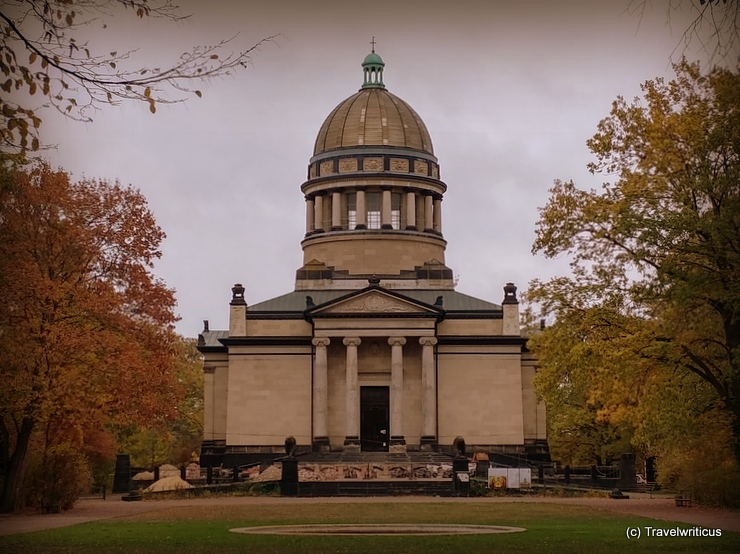
While exploring the Dessau-Wörlitz Garden Realm World Heritage Site, a Doric domed building may attract your attention. Then, you have found the former mausoleum of the Dukes of Anhalt in Dessau-Roßlau. [German]
You only see what you know (Goethe)

While exploring the Dessau-Wörlitz Garden Realm World Heritage Site, a Doric domed building may attract your attention. Then, you have found the former mausoleum of the Dukes of Anhalt in Dessau-Roßlau. [German]
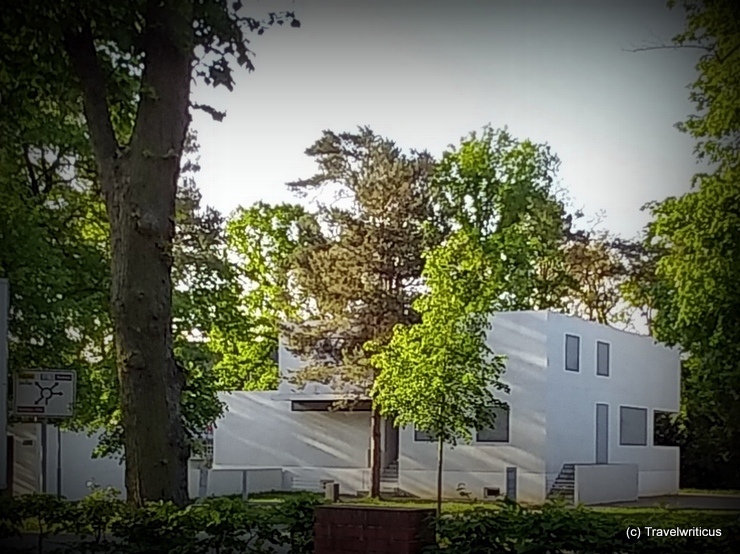
After Walter Gropius founded the Staatliche Bauhaus in Weimar, there was no time to mould his new ideas into a building. After his move to Dessau, he appeared as an architect on a site of the Bauhaus School. Here, the four Masters’ Houses form an ensemble. [German]
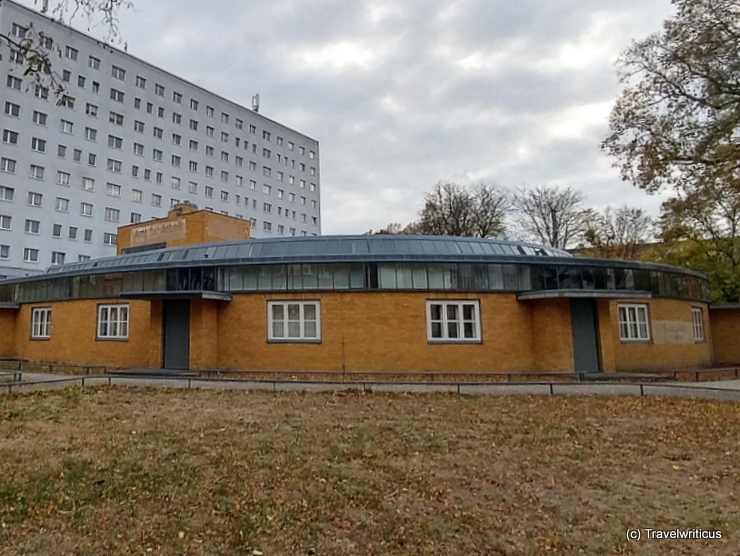
Walter Gropius planned this building in the years 1928/29. Its former function as an employment office can still be read by a fading inscription (“Amt für Arbeit”). The building is an impressive example of how to align architecture to a process. [German]
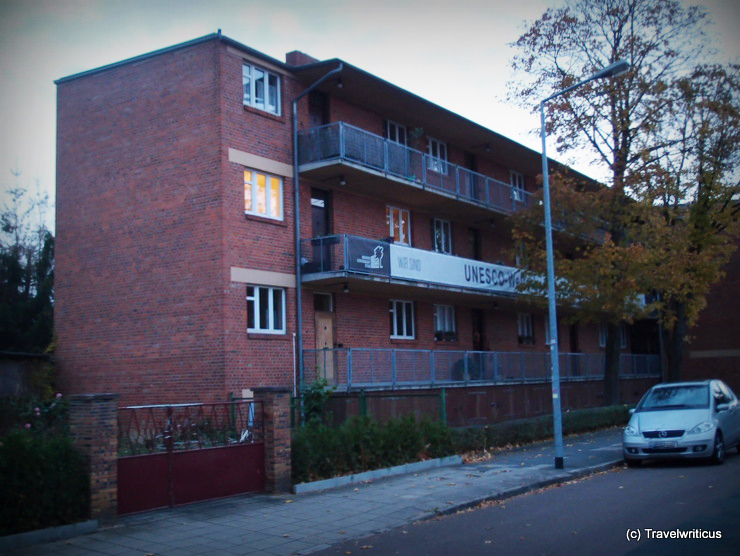
The houses with balcony access (Laubenganghäuser) were built in 1929/30 according to plans by Hannes Meyer. He translated his motto Volksbedarf statt Luxusbedarf” (People’s necessities, not luxuries) into a multitude of small apartments, which are connected to the staircase via an arcade. [German]
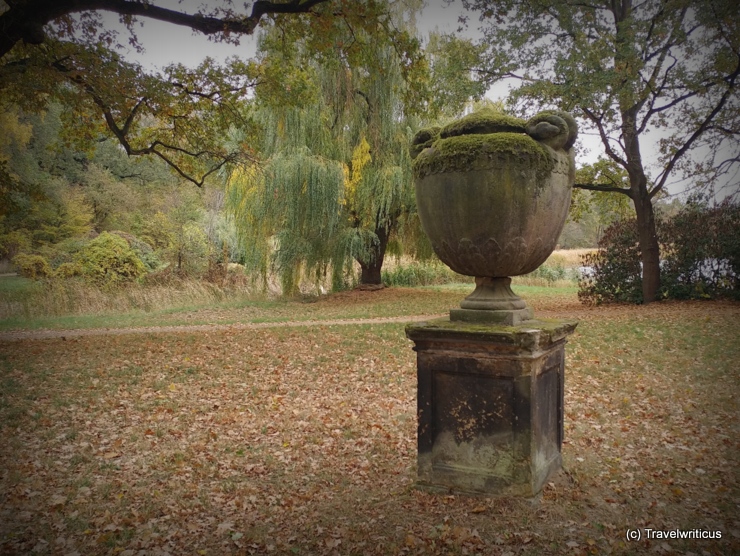
The Dessau-Wörlitz Garden Realm is a landscape park in and around Dessau-Roßlau. Another common name is the Garden Kingdom of Dessau-Roßlau. The park dates back to the Age of Enlightenment. [German]
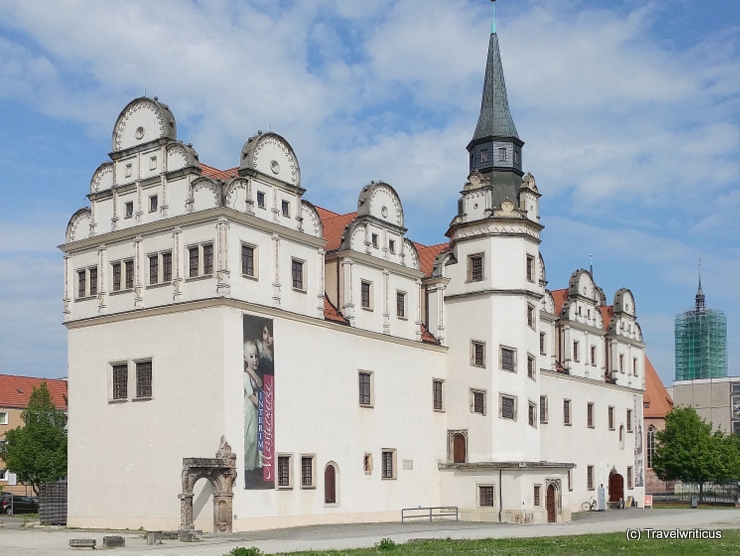
The Residenzschloss Dessau, a palace in the style of the Early Renaissance, lost many of its parts during World War II. The remaining wing, the Johannbau, houses the Museum für Stadtgeschichte (Dessau City Museum). [German]
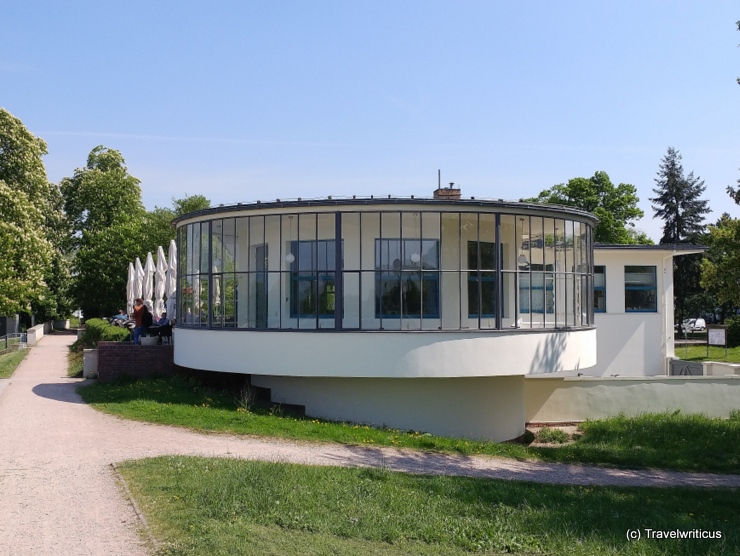
After a long walk along the Bauhaus architecture of Dessau, it was time for dinner. According to the day’s motto, we chose a building in Bauhaus style. The Restaurant Kornhaus was designed by the architect Carl Fieger in 1929/30. [German]
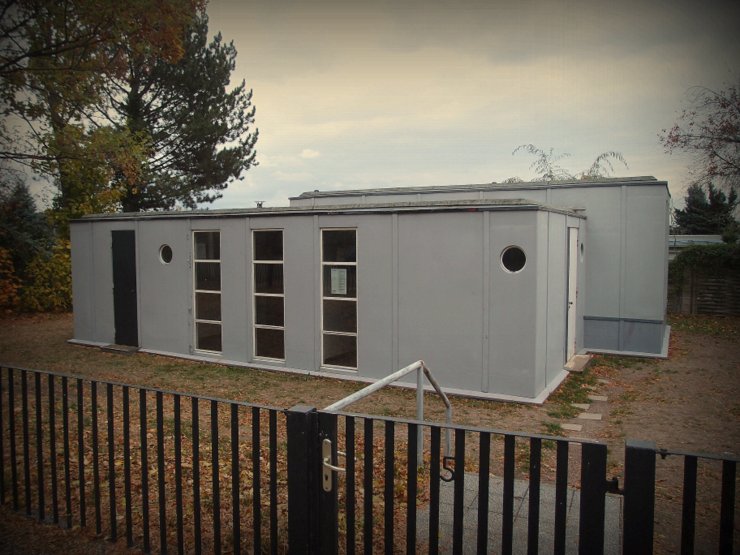
The Bauhaus movement not only experimented with light and colours. It also tested new materials. Can we build a house made of steel? Georg Muche and Richard Paulick made a steel house in Dessau-Roßlau a reality. [German]
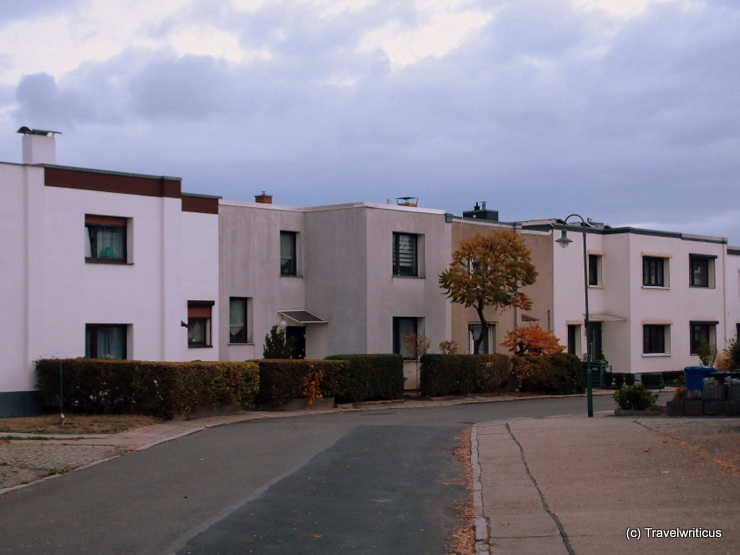
I saw the visit to the Törten Housing Estate with great expectations. The previously visited Bauhaus Building and the Master’s Houses were examples of an upscale architectural style. But what style did the Bauhaus movement use for simple family homes? In the streets of Törten, I found the answer. [German]
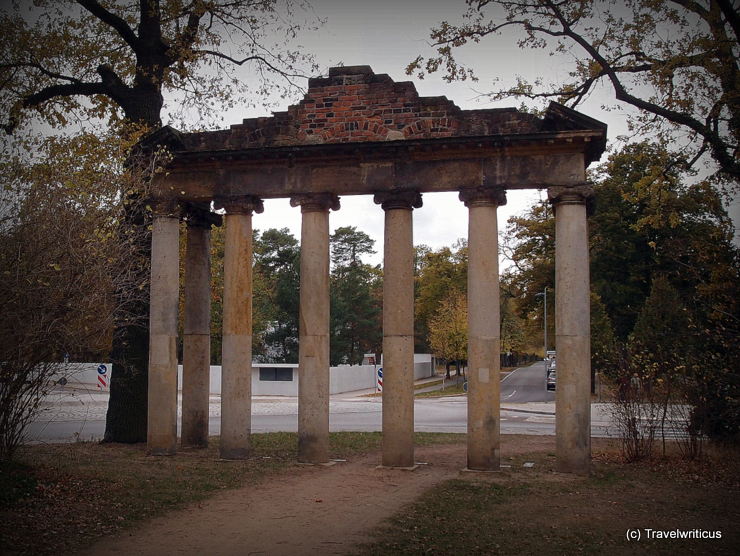
Two UNESCO World Heritage Sites are to be found in the urban area of Dessau-Roßlau. The photo shows the Roman ruins of the Garden Kingdom of Dessau-Wörlitz. They are generally known as the “Seven Pillars“. Between the pillars shimmers the reconstruction of a Trinkhalle. It was designed by Ludwig Mies van der Rohe. [German]
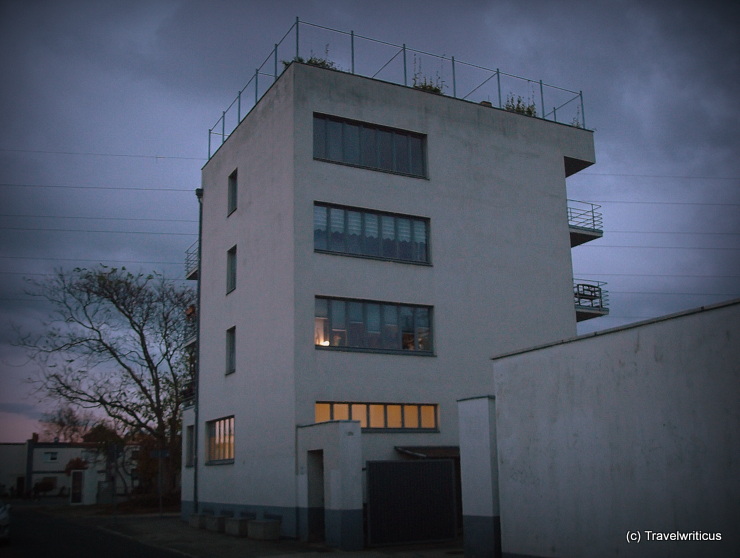
The day was already dawning when I reached the Konsum building. It was built in 1928 to plans by Walter Gropius. Its unusual height and function as a department store made it a focal point of the Törten Housing Estate. [German]
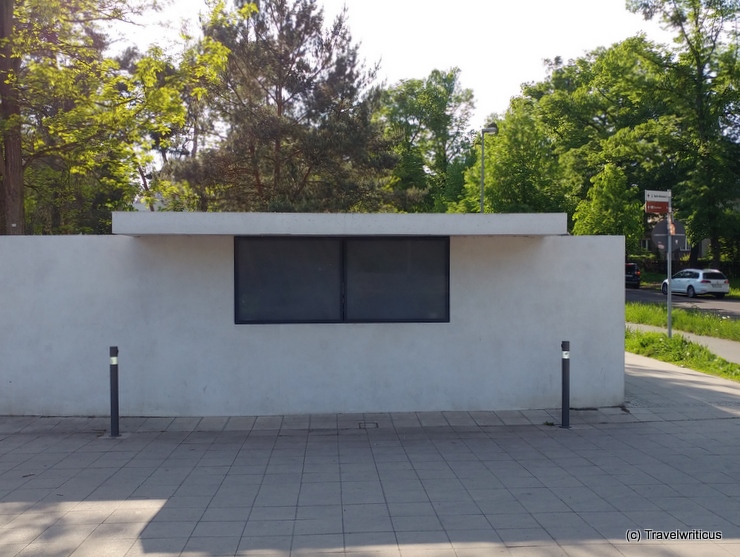
Not far from the master houses in Dessau-Roßlau stands this reconstruction of a Trinkhalle (drinking hall). The original building was designed by architect Ludwig Mies van der Rohe in 1932. At that time, he was director of the Dessauer Bauhaus. The building survived World War II but was demolished in the 1970s. [German]